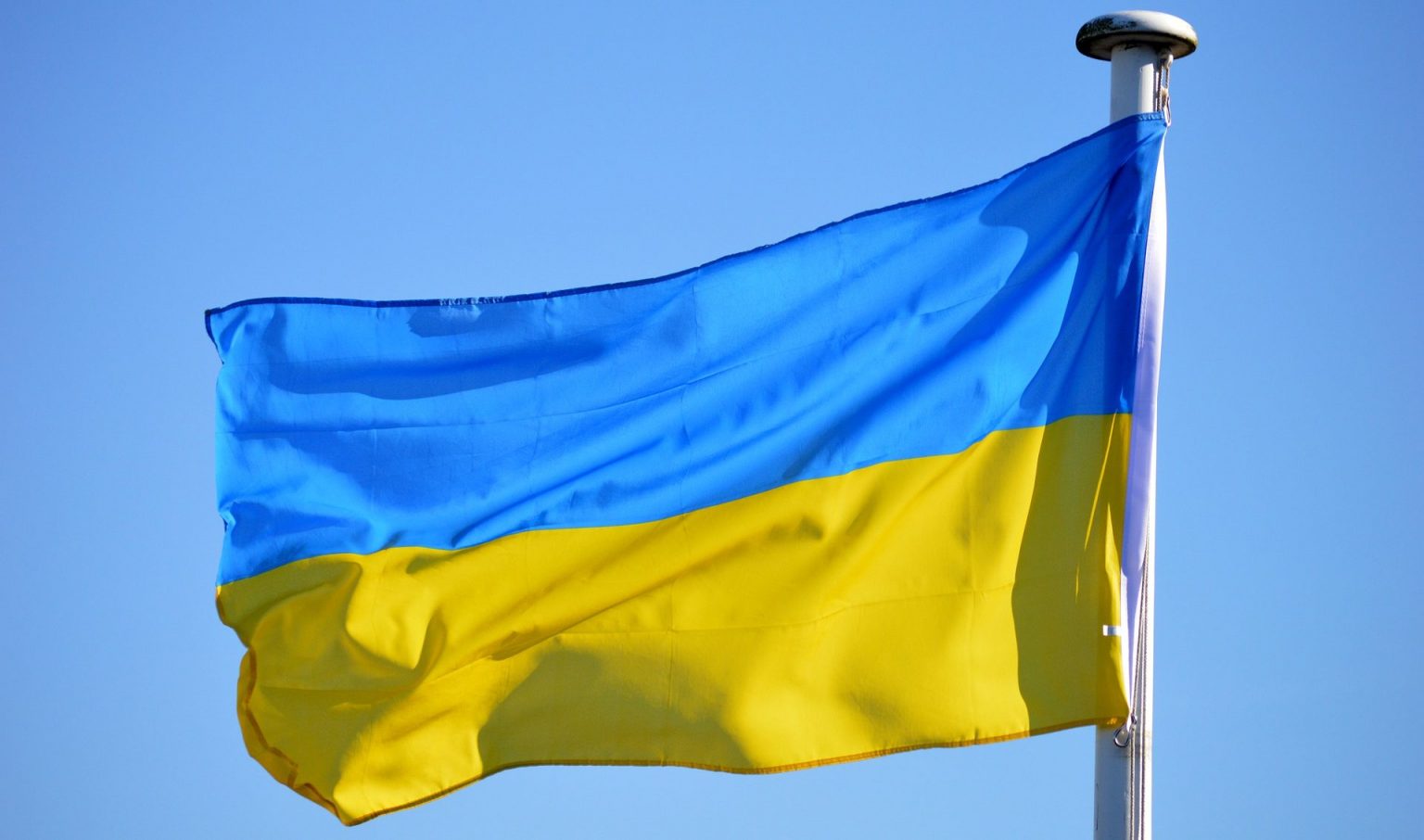Enjoy this article?
Most Museums Journal content is only available to members. Join the MA to get full access to the latest thinking and trends from across the sector, case studies and best practice advice.

On the first anniversary of Russia’s invasion of Ukraine, the international heritage community has expressed solidarity with Ukrainian colleagues as efforts continue to assess the scale of damage to the country's cultural heritage.
The UN this week called on Russia to cease the “deliberate destruction and damage of sites, institutions, and objects of cultural, historical, and religious significance in Ukraine”, which it said violated the 1954 Hague Convention for the Protection of Cultural Property in the Event of Armed Conflict.
A statement from the UN said: “One year on since the escalation of hostilities, numerous sites, institutions, and objects of cultural, historical, and religious significance in Ukraine have been partially or entirely destroyed by military attacks by the Russian Federation…
“We express great concern at the extent of damage and destruction in violation of international human rights law and international humanitarian law.”
The statement continued: “We are also concerned by the severe targeting of Ukrainian cultural symbols. Cultural resources – such as repositories of Ukrainian literature, museums, and historical archives – are being destroyed, and there is a widespread narrative of demonisation and denigration of Ukrainian culture and identity promoted by Russian officials, along with calls for ideological repression and strict censorship in the political, cultural and educational spheres. Let us be clear: the Ukrainian people have a right to their identity. Nobody can violate this right.”
In a statement, the International Council of Museums (Icom) said: “Icom condemns the loss of life and damage to cultural heritage that has been caused by Russia’s aggressions and expresses its strong support for colleagues in Ukrainian museums and their efforts in extremely challenging circumstances.”
Support from the international museum community for Ukrainian colleagues has been wide and diverse, according to Icom. This has included donations, offers to send material and equipment, temporary jobs and housing for Ukrainian museum colleagues, and emergency storage in case of evacuation outside Ukraine. The Network of European Museums Organisations (Nemo) is continuing to collect and monitor support activities for Ukrainian museums.
Following the invasion last year, the Museums Association launched a Humanitarian Support Fund to assist museum colleagues in Ukraine, which has now been expanded to all those in countries facing humanitarian crises. The association has distributed an initial 20 grants worth €850 to assist Ukrainian museum professionals in Poland, via Icom Poland, and is also offering free memberships to Ukrainian museum colleagues affected by the conflict.
According to the latest analysis by Unesco, more than 240 cultural sites have been damaged or destroyed in the conflict, including 18 museums, 19 monuments and 86 cultural heritage sites. The real number is believed to be much higher, with other assessments identifying more than 1,000 incidents involving cultural infrastructure.
The greatest number of cases are associated with regions where the most intense fighting has taken place: Kyiv, Kharkiv, Mariupol and Luhansk. Destroyed museums include the Ivankiv Historical and Local History Museum, 40 miles outside Kyiv, and the Hryhorii Skovoroda Literary Memorial Museum near Kharkiv.
Thousands of cultural treasures have been looted by Russian forces, including 10,000 artworks transported away from Kherson Regional Art Museum before the city was retaken by Ukraine last November. These are believed to have been delivered to the Russian-controlled Central Museum of Tavrida in Simferopol, Crimea.
Other looted artefacts include a 1,500-year-old golden tiara from the 5th century reign of Attila the Hun, taken from the museum of local history in Melitopol, and 198 pieces of 2,400-year-old gold dating from the era of the Scythians.
In November, Icom launched the Emergency Red List – Ukraine, which was compiled by Icom Ukraine and the country’s Heritage Protection Department, working with experts from 11 museums across Ukraine. Icom hopes the comprehensive list will act as a valuable tool in the fight against looting and trafficking of cultural objects from Ukraine.
International partners including the Smithsonian Cultural Rescue Initiative in the US are working to investigate and document Russia’s attempts to erase Ukrainian culture, in the hopes that those responsible can one day be brought to justice. Along with on-the-ground research, the initiative is using satellite technology to detect heat signatures from bombings and artillery fire and examine how closely these signatures align with cultural sites.
Many Ukrainian museums have evacuated their collections to other locations, and these are stored in basements or other facilities without proper climate control and inadequate air circulation, putting them at risk of mold and other problems. The transport service Uber has been supporting a team of Ukrainian conservators to travel around the country and care for endangered collections.
Calls are growing internationally for a Marshall Plan-like finance programme to provide the trillions of pounds needed to rebuild Ukraine when the conflict is eventually over. House of Lords peer Lord Cormack has said that this funding must also address the "sustained and merciless attack on Ukraine’s rich cultural heritage", and said the UK heritage sector could play an important part in the reconstruction.
He said: "Let us not forget the need to restore and rebuild as much as possible of its built heritage and to repatriate as many as possible of the looted treasures. The money should, of course, be provided by Russia but that is an unlikely prospect.
"All Ukraine’s European neighbours and the US, therefore, will have a major role in order to ensure restoration as meticulous as that achieved in Dresden. The UK, with the expertise possessed by bodies like Historic England, English Heritage and the National Trust, can play a very significant part."
Most Museums Journal content is only available to members. Join the MA to get full access to the latest thinking and trends from across the sector, case studies and best practice advice.